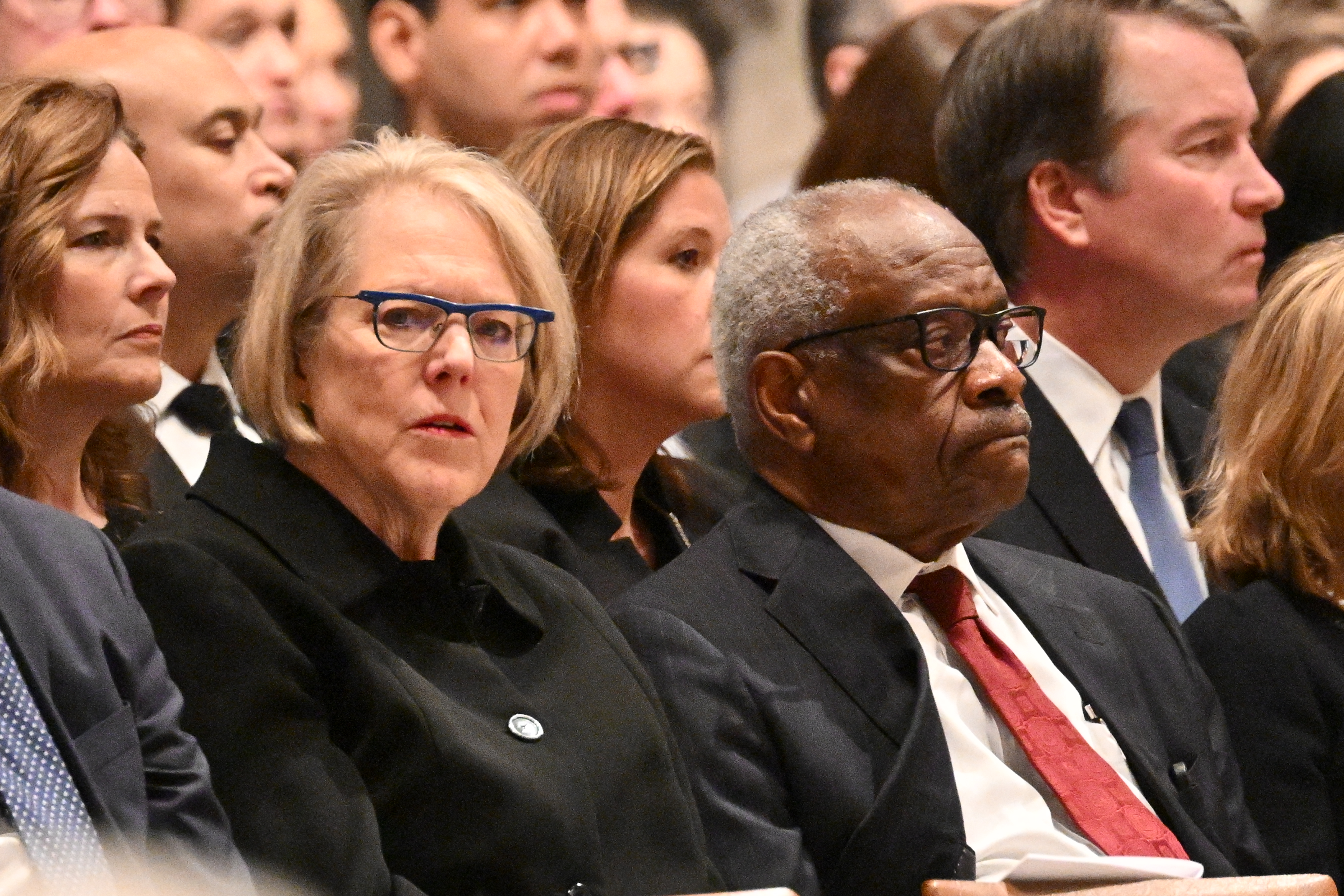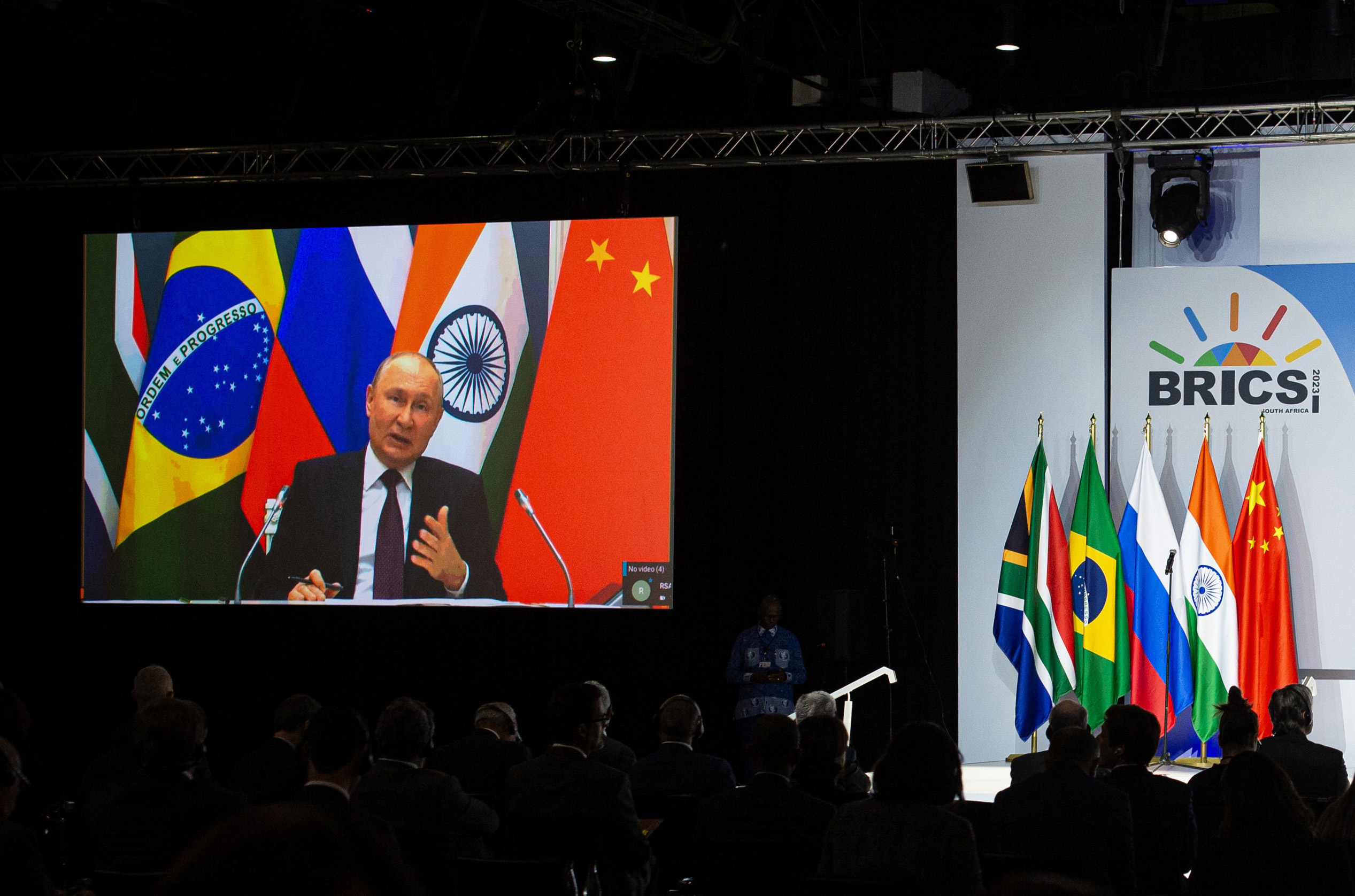A conference showcasing light fixtures might not seem the place to look for the next wave of technological innovation that will open up a whole new industry. But CEOs from companies connected to the Internet of Things (where all the objects in your life, not just your laptop and smartphone, are connected), from General Electric and Samsung to startups such as Sensity, flocked to Lightfair International in New York because the humble light fitting has become the hottest property in the networking space.
The idea is that sensor-laden LED bulbs could send back data about anything from air quality or commuting patterns to whether your dog gets on your bed when you're not at home. Light fittings are shaping up as an inevitable gateway drug to the Internet of Things.
Light sockets are nearly as common as mosquitoes. One estimate says there are four billion street lamps in the world. There are another four billion household light fittings in the US alone, an average of 52 per house. (Americans are light hogs. The Netherlands, for instance, averages 40 per house.) Add in businesses, schools, airport terminals and so on, and you get to tens of billions of sockets spread across every populated area.
The switch from incandescent bulbs to LEDs is the vehicle for change. The initial reason is pragmatic: LEDs save enormous amounts of energy. New York, for instance, figures it will save $14m (€12.6m) a year in electricity once it replaces all its street lamps with LEDs by 2017.
But what comes with this is essentially the transformation of lighting from analog to digital and as when anything goes digital – music, video, shopping, phones – entirely new applications become possible. Lighting will be digitally tuned – colours, hues, brightness – while also gathering information and sending it to other nearby lights, to devices like a smartphone, or back to big databases through the cloud.
Early apps will combine sensing and lighting in some interesting new ways. One company, Terralux, is marketing LED networks that can detect odours or smoke and trigger an alarm and set off a pattern of flashing warning lights. Another class of application, for retail stores, would analyse sales data and map it to different lighting in the store to see what lighting drives the most purchases. More ambitiously, car park lighting could track cars and point drivers towards available spaces. But the potential applications go way beyond that, with the big prize being a globally connected light platform. GE, Samsung, LG and other global behemoths have announced efforts in this space. Cisco last year partnered with start-up Sensity, which got out ahead of the trend in 2013 with what it calls a Light Sensory Network. "Four billion street lights are crying out to be elements of a new network," says Sensity CEO Hugh Martin. "So we wondered: what else could you do with that?"
Digital lights can be set up to sense motion and presence, weather, sounds, chemicals in the air, and more. Sensity is trying to create a platform so the data from all these lights, indoor and outdoor, can be anonymised and made available to application developers. That would create an astonishing flow of data, opening up possibilities for deep analysis of how the world works and giving us real-time views, as if we are hooking up the planet to an EKG and watching its heart beat.
Uncommon Knowledge
Newsweek is committed to challenging conventional wisdom and finding connections in the search for common ground.
Newsweek is committed to challenging conventional wisdom and finding connections in the search for common ground.
About the writer
To read how Newsweek uses AI as a newsroom tool, Click here.








